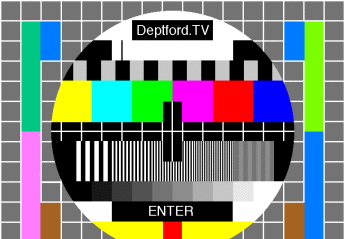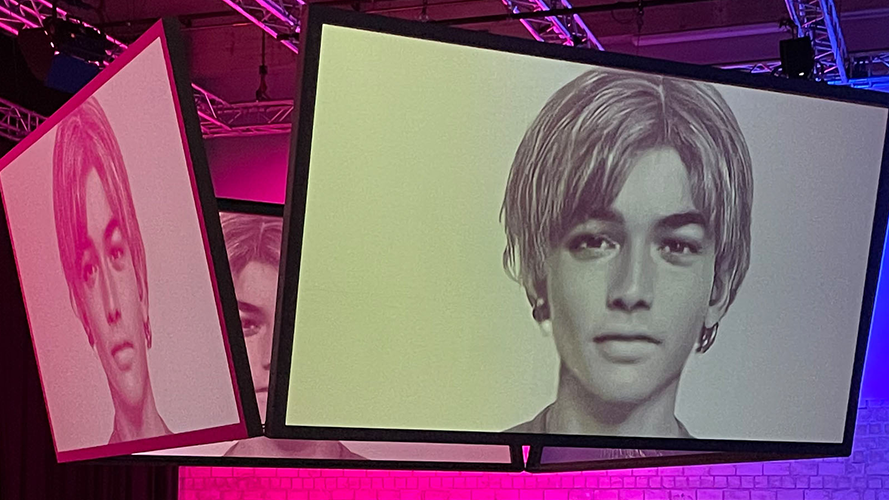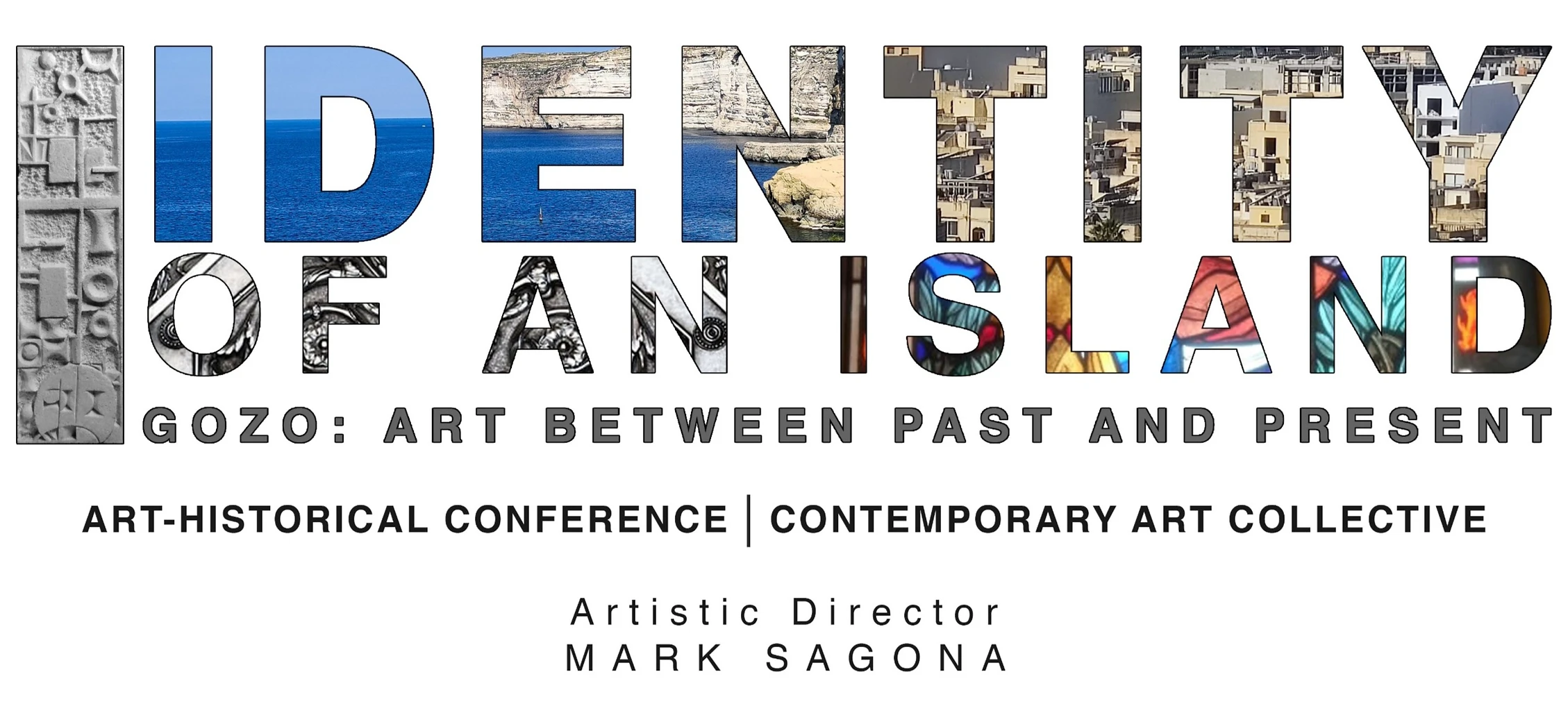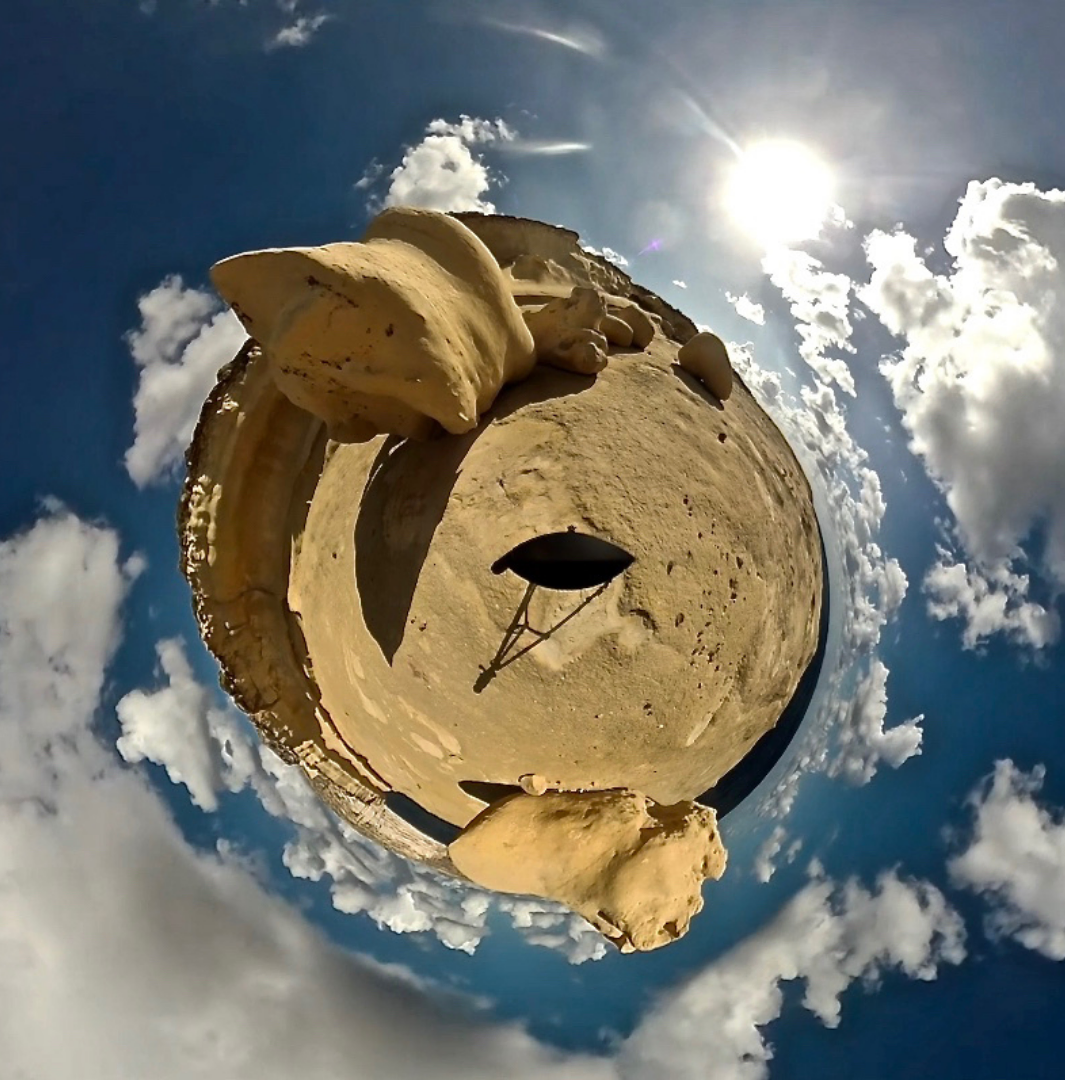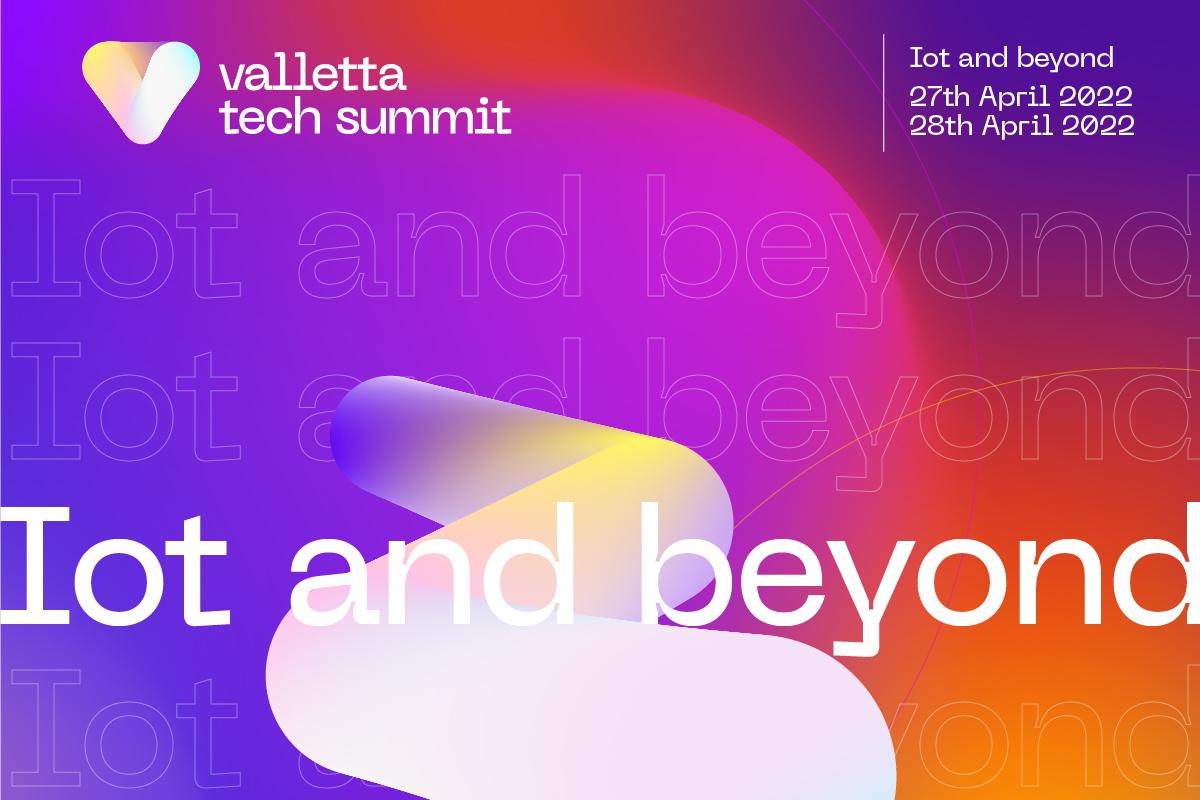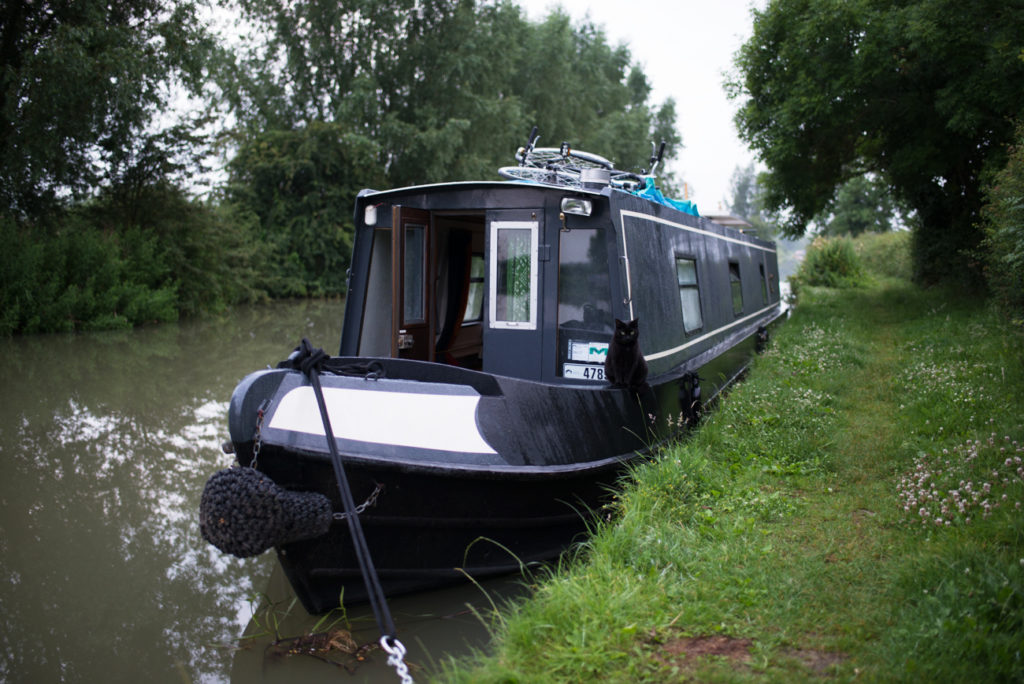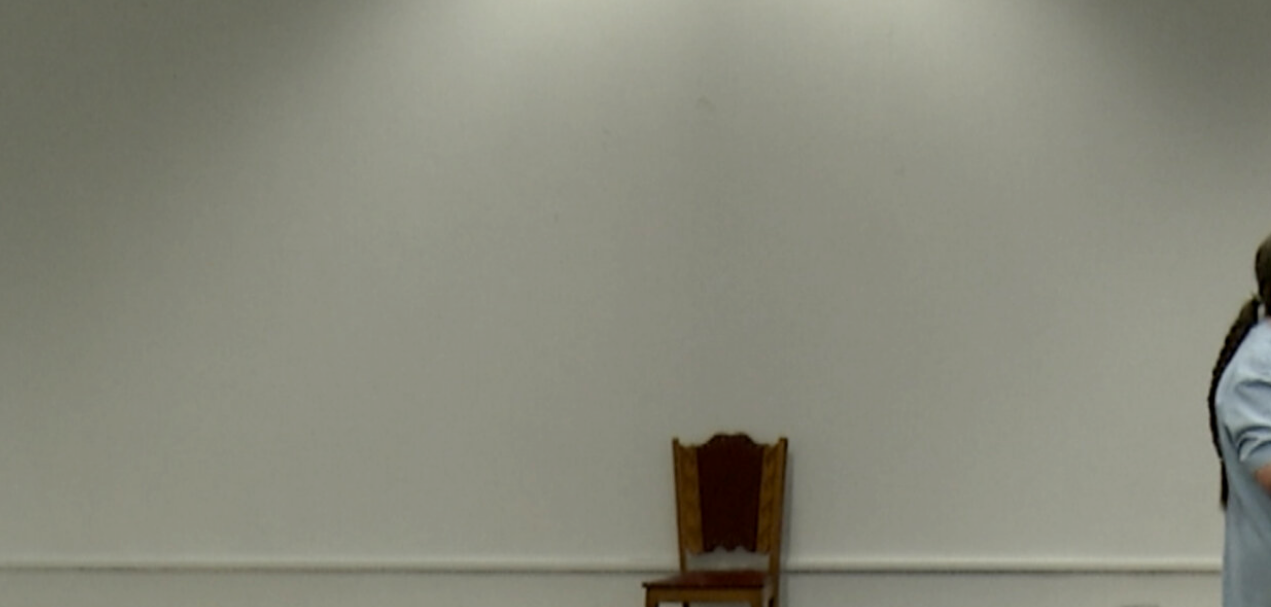news
Global Dance Collaboration in the Metaverse
This showcase performance is a vibrant and diverse showcase of experimental work with motion capture in practices of remote choreographic collaboration, sharing the outputs of a six-month digital dance research residency. Six teams of both dancers and creative technologists – from India, Thailand, Malta, Brazil, the US and the UK, will present unique breakthrough work in their own dance style and aesthetic.The Arts and Humanities Research Council-funded Goldsmiths Mocap Streamer project ‘Building an international network for virtual dance collaboration’ has developed work with six teams in a six-month artist residency(Opens in new window). This project showcase event will be a combination of live dance, immersive screen-based performance, and playful interactive installation. It is present in a hybrid in-person and live-streamed mode with remote dancers performing together within a virtual and interactive environment. The six project outputs will be presented within an afternoon programme of presentations and conversations – come for some, or all of these exciting team presentations.
Global Dance Collaboration in the Metaverse
NoisyLeaks!
NoisyLeaks! is a moment combining an exhibition alongside a series of events which will take place from October 8th to October 30th, 2022. NoisyLeaks! aims to collectively expose and celebrate the historical and cultural heritage of WikiLeaks and its influence on world-wide practices – a space and moment to share knowledge, practical skills and encourage freedom of information.
AMRO22 debug
AMRO, Art Meets Radical Openness, is a biennial festival for art, hacktivism and open cultures, organized since 2008 by servus.at in cooperation with the Linz University of Art, Department of Time-Based Media.The current edition of Art Meets Radical Openness is dedicated to the rituals and the philosophies of debugging. As a gathering of communities with interests across arts and cultures, networked technologies and political action, AMRO offers space for sharing knowledge and practices, focusing on the potential of debugging both inside and outside of the purely technical realm.
SAAI Factory – Exhibition on Art and AI
SAAI Factory is an art project initiated by the Hamburg-based artist Christoph Faulhaber. The performer, filmmaker, and author is known for his surprising, bold, and mind-boggling projects that address socially relevant issues and institutional critique.In 2021, SAAI Factory conducted a symposium, a workshop program and an international interdisciplinary hackathon. The presentation of SAAI Factory is a comprehensive collaborative approach presenting the whole ecosystem: the award winners, selected projects from the competition, accompanied by works from associated members, partners and collaborators. The exhibition is showcasing artworks along the intersection of Art and AI enabling to view the interactive human-machine-process. While questioning “art” as a merely human product SAAI is offering an act of rethinking, rewriting, reorienting.
Identity of an Island
This event is a vehicle for the celebration of Gozo’s identity in a two-pronged, interlinked manner: through the organisation of a contemporary art collective under the theme of Alternative Perspectives, and an art-historical conference entitled The Artistic Legacy of Gozo, thus linking Gozo’s artistic legacy with present artistic production. The event is under the artistic direction of Dr Mark Sagona, visual artist and resident academic in the Department of Art and Art History at the University of Malta. Both events will take place during the month of May 2022 at the newly-refurbished complex of the Teatru Astra in Victoria, Gozo.
Meta-Landscapes – Representations and Perceptions
An exhibition of moving image works by twelve renowned international artists. Norbert Francis Attard (MT), Vince Briffa (MT), Robert Cahen (FR), peter campus (USA),Terry Flaxton (UK),Gary Hill (USA), Madelon Hooykaas (NL), Beryl Korot (USA), Chris Meigh-Andrews (UK), Michael Snow (CA), Yeoul Son (KR) and Steina Vasulka (IS/USA). This exhibition is centred on the theme of landscape, presenting work by artists who have pioneered the electronic moving image as an art form. The intention is to present a diverse range of attitudes and approaches to the genre, featuring works that explore the potential of the moving image to represent subjective, emotional or imagined exterior spaces. The exhibited art works incorporate or depict the artist’s personal, intellectual or cultural perspective through images of the natural world- often, but not always in juxtaposition to man-made artefacts or situations.
Valletta Tech Summit IoT
By 2023, there will be 15.9 billion connected Internet of Things devices worldwide. There couldn’t have been a better time to delve into the fascinating realm of IoT!
Valletta Tech Summit is hosting the first-ever Internet of Things summit in Malta, bringing together IoT enthusiasts from around the globe to brainstorm together, test out new products, and discuss what’s happening in the IoT industry.
After Progress
A companion to the After Progress (2022) monograph, published by The Sociological Review, the After Progress Digital Exhibition is the result of a multiplicity of collective efforts to weave together collaborative and multimedia forms of storytelling that might help us envisage ways of living and dying well outside of the modern coordinates of progress, drawing inspiration from the “After Progress” symposium series held in 2019.The notion of “progress” is arguably the defining idea of modernity: a civilisational imagery of a boundless, linear, and upwards trajectory towards a future that, guided by reason and technology, will be “better” than the present. It was this notion that placed techno-science at the heart of modern political culture, and it was the global unevenness of “progress” that imagined European imperialism as a civilising mission inflicted upon “backward” others for their own sake. The colonial, rationalistic, and ecocidal consequences of the story of “progress” have been laid bare, yet progress remains a ruling idea capable of governing our imaginations today. At the same time, the ruins of progress are teeming with divergent worlds and collective experiments whose stories upend modern dreams, cultivating plural value-ecologies of living and dying with others on Earth. How to intensify them? How to make them felt?In 2020, amidst the profound upheavals brought about by the COVID-19 pandemic and the many public health responses to it, we issued an open call for storytelling proposals from groups and individuals from around the world, with stories that might help us envisage ways of living and dying well outside of the modern coordinates of progress. After over 175 initial proposals from every corner of the world (by artists, activists, academics, students, and many other people from different walks of life) and a long and collaborative process of development and curation, this exhibition of over 60 “stories” in a variety of genres, media, and styles, is one collective response to that call.But it is also more than that. Composed collectively by contributors, curators, designers, and collaborators alike, all navigating and negotiating lockdowns and social distancing measures and a plethora of other restrictions on our modes of sociality, this exhibition is also a living archive, a testimony of what happened and what can still happen in the interstices of such distances, when we insist in spite of all on thinking and being together (apart). And because any “after” to progress necessarily calls for the plural, what one will find here is a veritable cornucopia of experiments in storytelling that are speculative, ethnographic, poetic, drawing on or reinventing any and every genre: SF, nature writing, poetry, aphorisms, brief dramas, short films, interactive webpages, letters and epistolary forms, fictional encyclopaedia entries, instructions, auditory compositions, and many more. They each raise and pursue their own questions and their own possibilities, thickening the present through the many disparate yet interlaced threads they weave in their divergences and tensions.
the ordinary lives of women
One pitfall of feminist narratives can be to separate the female condition from ecology, economy or nationalism; to detach it from what constitutes and sustains it. Another misleading tendency is to place the limelight on women’s prominent achievements, forgetting the daily struggles many face in order to maintain their environment. These are the main issues The Ordinary Lives of Women exhibition challenges.The ten female artists within this exhibition approach the multi-faceted lives of those identified and identifying as women around the world. They address the mundane in the revolutionary and reveal the revolutionary within the mundane. Going beyond iconic and visible moments of feminist acts, they explore how other, less conspicuous acts, such as radical care, can disrupt and sabotage established power, reflected in Antigone’s ultimately fatal refusal to leave her brother’s corpse unburied. Here, the artists do not necessarily defend any feminine or female essence, but rather attempt to reclaim a space for female politics and restate how power shapes every aspect of women’s lives. What may be common to all the works in the exhibition are the quandaries in which women find themselves daily. Women are possessors of bodies which at the same time are publicly owned. Patriarchy offers little recognition of the daily gestures that women implement in order to keep unofficial history alive, to defend the rights of the undervalued, to work and care simultaneously; in other words, the wide variety of women’s modes of resistance.Placing the limelight on the achievements of individual women leaves little space in which to acknowledge the lives of women on an equal footing, and with equal rights and respect. The Ordinary Lives of Women, instead, gives visibility to the mundane, to its constraints and its revolutionary potential. There can be revolution in the mundane, just as there can by mundanity in the revolutionary process.
Co-curators: Elise Billiard Pisani, Margerita Pulè
Exhibition design: Noura AbdelhafidhFilm
programme: Nicole Bearman
Catalogue: Ann Dingli
